You can clean cheesecloth by hand-washing or machine-washing, but you want to do so in a way that all traces of food and bacteria are removed so that it doesn’t contaminate any future cheese, milk, etc., that you’re making.
Each person strives to get the most out of their cheesecloth. Utilizing and recycling cheesecloth is one of the surefire ways to get the most value for your money. If you can safely clean the cheesecloth after each use, only then will this be feasible. Cheesecloth is not just another type of fabric, especially food-safe cheesecloth. You should clean it professionally.
You will discover how to properly clean cheesecloth in this article so that you can reuse it. I’ll go over how to sanitize the cheesecloth so that bacteria are eradicated and how to best remove any traces of food from it. Finally, I’ll go over how to store cheesecloth when it’s not in use.
Table of Contents
- What is Cheesecloth?
- Can You Clean Cheesecloth?
- How to Clean Cheesecloth?
- Can You Put Cheesecloth in the Dishwasher?
- Can You Boil Cheesecloth?
- Safe Cleaning Agents Used to Clean Cheesecloth
- Should You Wash Cheesecloth before Using It?
- How to Use Cheesecloth?
- Can You Reuse Cheesecloth?
- How to Store Cheesecloth?
- Cheesecloth Vs Muslin
- Related Questions
What is Cheesecloth?
A tool for food preparation made of woven cotton cloth is called cheesecloth. While holding solids, the loose, open weave of the fabric allows liquid to drain. As the cloth separates the solid cheese curd from the liquid whey, cheesecloths historically played a significant role in the cheesemaking process. Mexican queso fresco, Italian ricotta cheese, and Indian paneer are popular cheeses made using cheesecloth.
Cheesecloths are used in the kitchen today for a variety of tasks, including straining broths, wrapping herbs and citrus fruits, and making your own almond milk. Common cheesecloth alternatives include coffee filters, paper towels, muslin, and even kitchen towels made from thin cotton fabric.
Can You Clean Cheesecloth?
It’s crucial to thoroughly clean cheesecloth in between uses if you plan to reuse it. You can clean cheesecloth, but since it is frequently used to prepare particular foods at home, you should make sure to clean it thoroughly to get rid of stains and stop the growth of bacteria.
If you want to reuse it, you must also get rid of all traces of food. This is because leftover food can serve as a breeding ground for bacteria, and if you don’t thoroughly clean it to get rid of both the food and the bacteria, it might transfer to whatever you’re making, like cheese, for example. This can either make you sick or cause the food to spoil sooner than you’d like it to, depending on the type of bacteria.
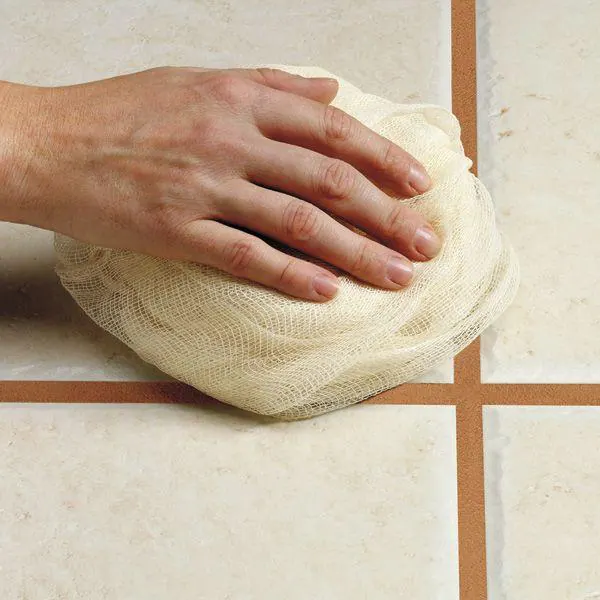
How to Clean Cheesecloth?
It’s important to clean cheesecloth properly if you’re going to reuse it. Keep in mind that you should wash the cloth after removing any food residue from it. Removing the food and sanitizing the cloth are crucial because you probably won’t be able to completely get rid of the stains.
You shouldn’t attempt to remove the stains using any chemical stain removers because they may leave behind residue that could contaminate food. Natural products might help to lessen stains, but depending on where they came from, they might not be able to completely remove them.
It is still possible for cheesecloth to be clean even if it is stained. The cheesecloth must be thoroughly cleaned using the procedures listed below in order to be able to reuse it without being concerned about bacteria or becoming ill.
Hand-Wash
Cheesecloth can be washed by hand, for example. You should hand-wash cheesecloth if it is low-quality or not intended to be reused because hand-washing is a more delicate process and can help keep the fabric from degrading.
Additionally, since the fabric doesn’t receive as thorough of a rinse when being washed by hand as it would in a washing machine, you shouldn’t use any harsh chemicals on the cheesecloth that might cause the fibers to break down or leave residue. Because of this, it’s crucial to carefully follow these instructions to make sure the cheesecloth is thoroughly cleaned.
Rinse
Cheesecloth should be immediately rinsed after use if it’s going to be reused in order to get rid of any food residue. It will be more difficult to completely remove any food residue or stains if you don’t rinse it right away. Make sure to rinse it under hot water because hot water will rinse the food more effectively than cold water. If you’re unable to rinse it right away, at the very least give it a hot water soak before rinsing it as soon as you can.
Soak in Baking Soda
You should fill a sink or tub with more hot water after rinsing the cheesecloth. Let the cheesecloth soak in the mixture of baking soda and water after adding ½ cup of baking soda for each gallon of water. Depending on how stained it is, you should soak the cheesecloth in water for up to 30 minutes to allow the baking soda to help remove the stains.
Soak in Vinegar/Lemon Juice
Replace any cooled water in the sink or tub with more hot water, and for every gallon of water, add ¼ up of white vinegar and lemon juice. If the water is still hot, mix the vinegar or lemon juice right into the container of water already containing the baking soda. Allow it to soak for an additional 10 to 15 minutes, then remove it from the water and give it a good rinsing to get rid of the vinegar or lemon juice.
You can also soak the cheesecloth simultaneously in baking soda and vinegar or baking soda and lemon juice if you’re in a rush. You can gently scrub stains that are particularly difficult to remove by dipping a toothbrush in vinegar or lemon juice. Just keep in mind to rinse it off completely.
Boil It
Boiling the cheesecloth will get rid of the bacteria after you’ve taken out as many stains as you can. Turn on the stove, then fill a pot with water. To kill bacteria, add the cheesecloth to the boiling water and let it soak for about 5 minutes.
Even after being boiled, some of the stains might still be present. But because cheesecloth is sterilized by boiling, using it is still safe as long as it has been done so. The cheesecloth should then be hung outside to dry or placed in the dryer.
Machine Wash
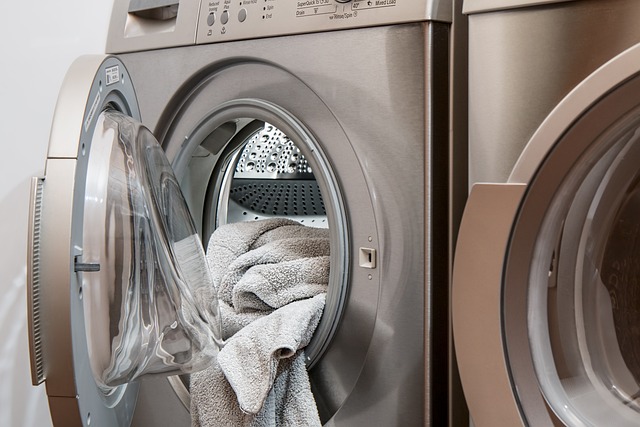
Machine washing is another way to clean your cheesecloth. High-quality cheesecloth designed for reuse can be washed in the washing machine. Those types of cheesecloth can almost be used as dish towels.
Machine washing can gradually wear down regular cheesecloths with a light weave. Furthermore, machine washing is not advised for cheesecloths that are intended for single-use.
You should still clean off any debris and bulky material from your cheesecloth before putting it in the washing machine. Just as you read above, these are the procedures.
Don’t use a fabric softener. Your cheesecloth will be coated by the additional fragrance and softening ingredients. If you use cheesecloth on food, the chemicals may then contaminate it.
Can You Put Cheesecloth in the Dishwasher?
You might be wondering if you can simply wash cheesecloth in the dishwasher since it is made to be used in the kitchen. Cheesecloth should be thoroughly rinsed with hot water before putting it in the dishwasher. The dishwasher might not completely remove all of the food residues if you put it in with food still on it.
Additionally, if you’re putting it in the dishwasher, you should put it on the top shelf rather than the bottom. In particular, cheesecloth that isn’t meant to be reused may find the bottom shelf to be too abrasive.
Whether it be dishwashing powder, pods, tablets, etc., you should also use a kinder dishwasher detergent. Start a typical hot water dishwashing cycle, and if your dishwasher has one, use the sanitizing feature. Be aware that the dishwasher’s dryer cycle might not completely dry the cheesecloth.
It’s still a good idea to boil it afterwards if your dishwasher doesn’t have a sanitize function to ensure that it gets sanitized if the dishwasher didn’t get rid of all the bacteria. Still, you’ll need to boil it for about five minutes. It’s possible that the cheesecloth needs to be dried completely outside or in the dryer, regardless of whether you used the dishwasher’s drying function.
Can You Boil Cheesecloth?
You should boil new cheesecloth for at least two minutes before using it for the first time to get rid of any chemicals or manufacturing residue that may be on it. In the article, I also mentioned that you should boil cheesecloth after washing it to get rid of any bacteria and sanitize it before using it again.
However, you don’t want to just boil it to clean it. To get rid of as much food residue as you can, you should still thoroughly rinse the food and either hand-wash it by hand or machine-wash it before boiling it. The residue in the water will prevent it from becoming as clean if you simply drop it into boiling water as soon as you’re done using it.
The best way to make sure that it gets sanitized and thoroughly cleaned is to boil it in clean water after washing it. Prior to adding the cheesecloth to the boiling water, check to make sure it is boiling. Then, begin timing the five minutes that pass after adding the cheesecloth to the boiling water.
Safe Cleaning Agents Used to Clean Cheesecloth
Food Certified Soaps
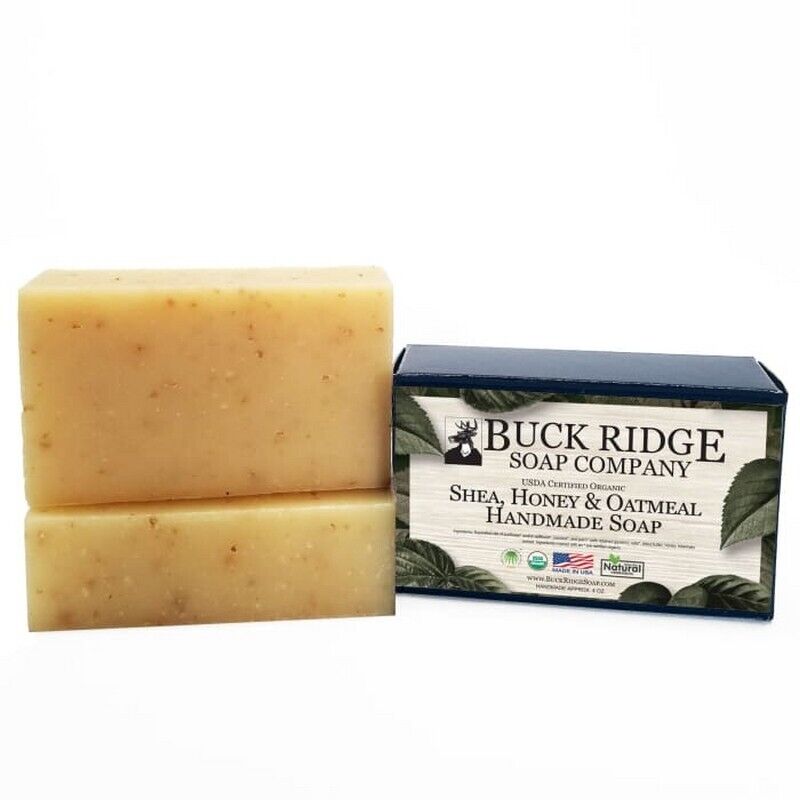
Programs related to public health must be developed and certified by the national sanitation foundation (NSF). By testing and certifying products and systems, they establish the standards.
Soaps with the certification trade mark on them have been approved by NSF International. These are user-friendly. Since they don’t contain any hazardous chemicals, they can be used to clean cheese cloth.
White Vinegar
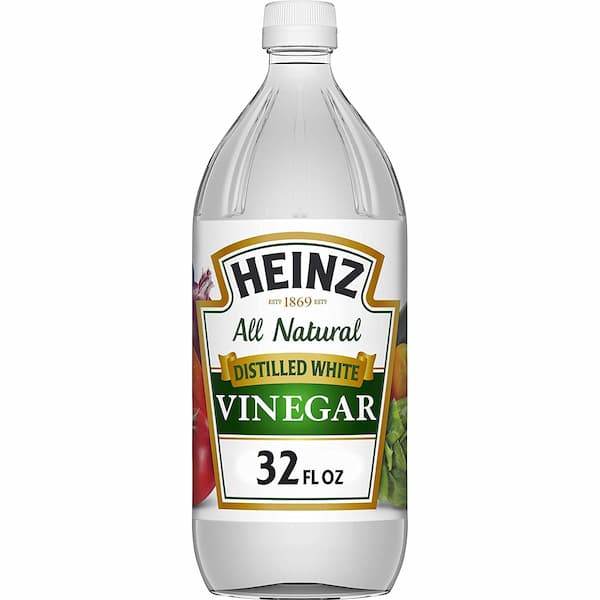
For decades, white vinegar has been used as a cleaning agent. Cheese cloth stains can be removed using this method. White vinegar makes removing crusty bits that are challenging to remove with plain water simple.
Mix half (1/2) cup of white vinegar with one gallon of water to clean cheesecloth. You may use up to one (1) cup of vinegar if the cheesecloth is extremely soiled.
Lemon juice and baking soda are two vinegar substitutes.
NSF Certified Bleach
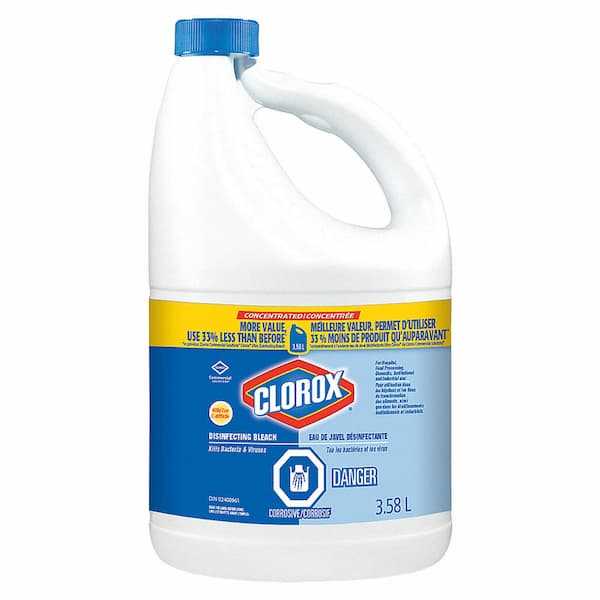
To clean cheesecloth, not all bleaches are suitable. It is advised that you only use bleach that is NSF certified. Usually, the label for this bleach says it contains calcium hypochlorite. This is chlorine in its solid, typically powdered, form.
To remove difficult cheesecloth stains, use borax.
Hydrogen Peroxide
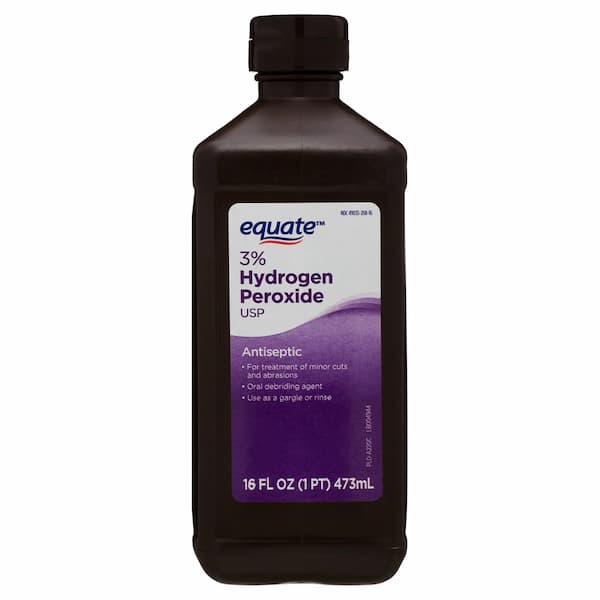
Cleansing and sanitizing cheesecloth and other food handling equipment are both done with hydrogen peroxide. It is typically heated and will emit a smell, but the smell is not harmful. Here are instructions for cleaning cheese cloth with and without heating hydrogen peroxide.
Should You Wash Cheesecloth before Using It?
Before each use, you should wash and sterilize the cheesecloth to get rid of any remaining bacteria or stains. The versatile cloth can be preserved and made to serve a variety of functions by washing it both before and after each use.
How to Use Cheesecloth?
Although its primary use is to drain curds for making cheese, cheesecloth can also be used in printmaking, baking, and food storage.
- Bundling herbs: The French term for tying fresh or dried herbs in cheesecloth to flavor stews and braises is bouquet garni. A traditional bouquet garniincludes thyme, parsley, and a bay leaf; however, you can wrap any herbs of your choosing. The herbs are simple to remove before serving thanks to the cheesecloth.
- Feeding fruitcake: “Feeding” is the process of soaking traditional fruitcake in rum or other alcohol, which flavors and preserves the cake. Cheesecloth should be soaked in alcohol before being wrapped around the fruitcake to feed it.
- Thickening yogurt: Yogurt is strained through cheesecloth to create the thicker consistency of Greek yogurt and labneh, two yogurt-based products. Put a cheesecloth on top of a colander, set it in a big mixing bowl, and use that to strain yogurt. Scoop store-bought or homemade yogurtinto the cheesecloth and tie the top shut with a piece of string or twine. For up to three days, let the yogurt drain to the desired consistency. Save the strained liquid, known as whey, for smoothies.
- Straining liquids: Liquids and solids can be easily separated using cheesecloth. Home cooks can use it to create custards and milks with nuts that are velvety and smooth.
- Wrapping citrus: Slices of leftover fruit should be wrapped in cheesecloth, with the exposed flesh covered, and the ends secured to the fruit’s skin with twine or a rubber band. When you squeeze the fruit, the cheesecloth will prevent the seeds from contaminating the fresh juice.
- Printmaking: Several printmaking processes, including lithography and intaglio, use cheesecloth to delicately wipe away excess ink from stones or plates.
Can You Reuse Cheesecloth?
Absolutely, you can. To avoid having to purchase more cheesecloth, many people prefer to reuse it. Although some varieties of cheesecloth are intended for single use, you can reuse them if they are of a high caliber and are still in good condition.
Having said that, a single piece of cheesecloth might not last indefinitely. Since it is a gauzy type of fabric, it may fray or break down over time. However, using cheesecloth as often as you can instead of buying new can help you save money and reduce waste in addition to cutting down on replacement costs.
How to Store Cheesecloth?
Once the cheesecloth has been thoroughly cleaned and dried, you must store it properly to keep bacteria from growing on it and to keep it from getting wet. It may develop mold and mildew if it gets wet or is kept in a damp environment. For this reason, you should also make sure that it is totally dry before putting it in storage.
Cheesecloth should be folded and kept in a plastic bag that can be sealed for the best storage. The bag should be as airtight as you can make it. When you’re ready to use the bag again, keep it in a cool, dry place, like a drawer or closet. You shouldn’t need to clean or sanitize the cheesecloth again before using it, provided that it was thoroughly cleaned and sanitized before being stored and that the bag remained sealed.
Read about
Cheesecloth Vs Muslin
The terms “cheesecloth” and “muslin cloth” are sometimes used interchangeably. But the two differ significantly in important ways. Both cheesecloth and muslin are made of cotton, but the muslin’s fabric is finer.
Mosul, in Iraq, where it was first produced, is where muslin cloth got its name. Different weights of the fabric are produced, ranging from fine sheers to thick sheeting. Muslin fabric was therefore also used to create clothing.
In addition, muslin fabrics come in a variety of thread counts. Also resistant to paint and dye, muslin fabric is versatile. As a result, they incorporate artwork and other designs.
These uses are distinct from cheesecloth uses. A cheesecloth is used for making cheese and other foods, as you read earlier. Cheesecloth cannot be used to make high-quality clothing.
Related Questions
Are There Different Kinds of Cheesecloths?
Grades are used to categorize cheesecloth. Ten, forty, fifty, sixty, and ninety are the minimum number of grades. The number of threads per inch in both the vertical and horizontal directions distinguishes the grades. The threads per inch in both directions increase as the grade number rises.
Can You Still Use Single-use Cheesecloths?
There is no compelling reason to discard the cheesecloth right away if it is still usable and intact. Because they aren’t meant to last very long, these cheesecloths are referred to as single-use. You might be able to use them two or three times after cleaning them.
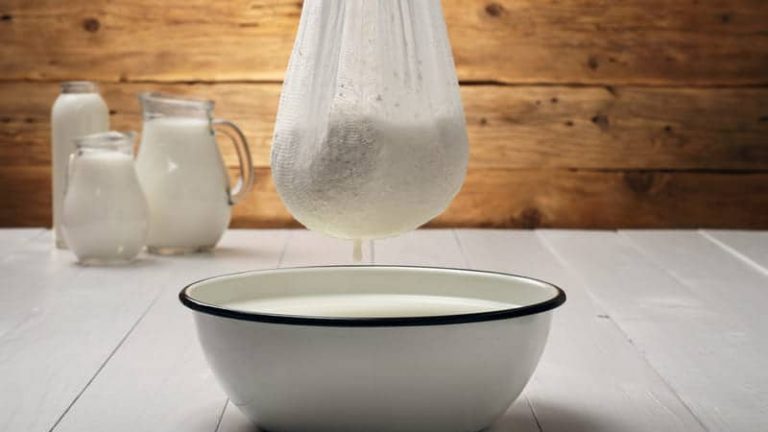
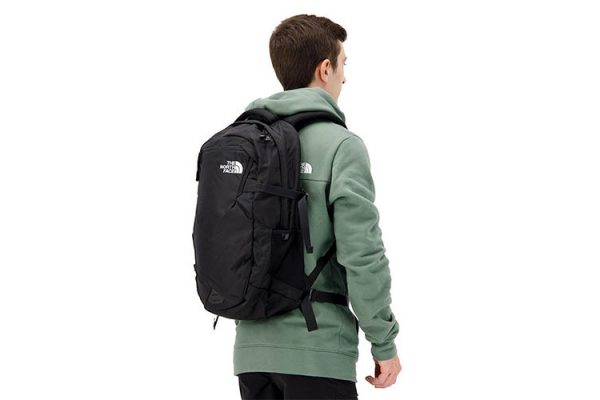
![13 Best Handheld Steam Cleaner In 2022 [Updated]](https://www.searchforbuy.com/wp-content/uploads/2022/09/13-Best-Handheld-Steam-Cleaner-In-2022-Updated.jpg)

![Can You Use Hand Soap to Wash Dishes? Is It Bad? [Click Here]](https://www.searchforbuy.com/wp-content/uploads/2022/11/Can-You-Use-Hand-Soap-to-Wash-Dishes-Is-It-Bad-Click-Here-600x360.jpg)